
Closed loop small bowel obstruction Image
Closed loop obstruction is a specific type of obstruction in which two points along the course of a bowel are obstructed at a single location thus forming a closed loop. Usually this is due to adhesions, a twist of the mesentery or internal herniation. In the large bowel it is known as a volvulus.
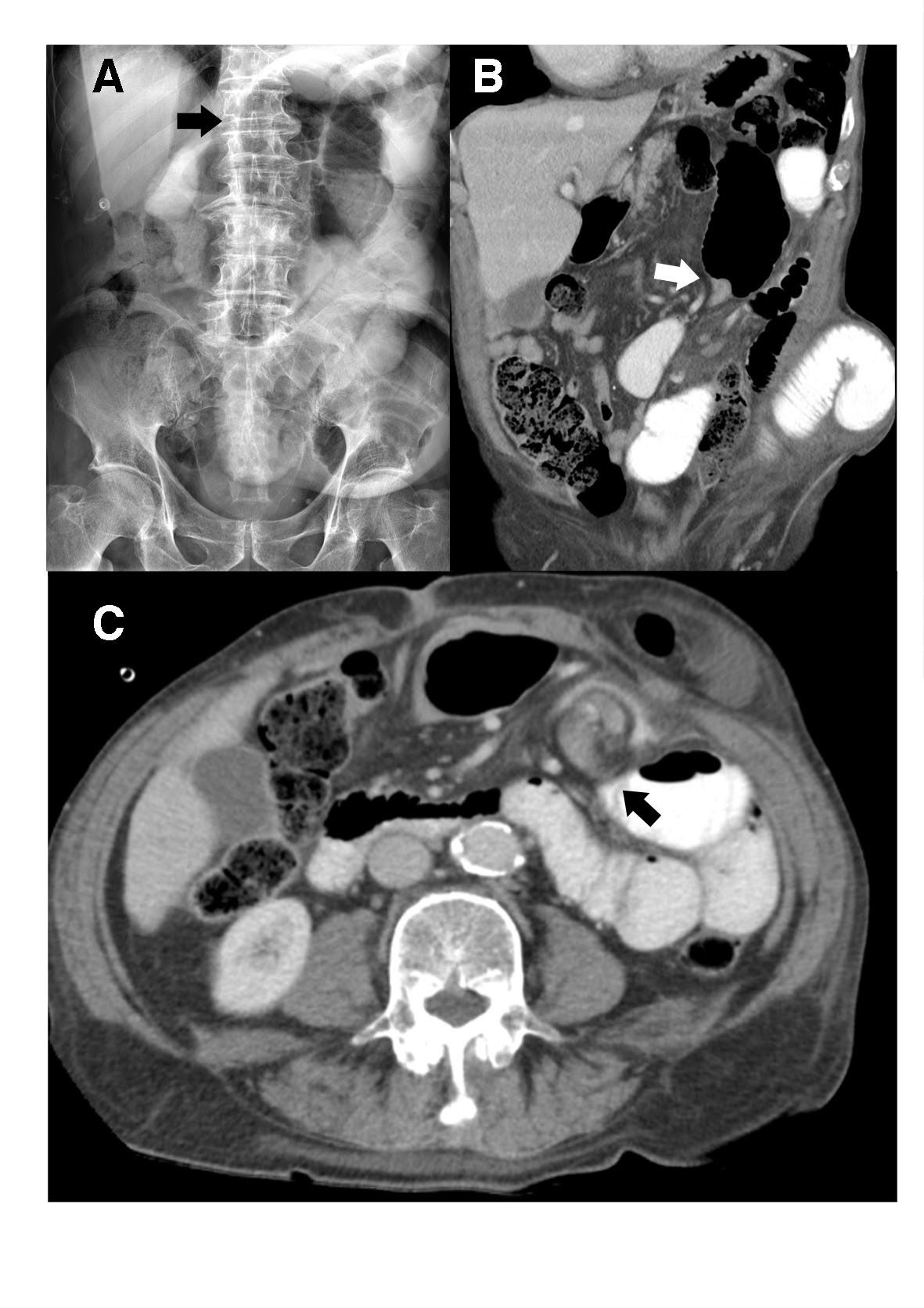
Twist and shout a closed loop bowel obstruction (sbo) case report. SERAU. Sociedad Española
Surgery is indicated for complicated bowel obstruction, closed-loop bowel obstruction, or if there is no clinical improvement following NOM for simple bowel obstruction. The underlying cause of bowel obstruction should be sought for and managed appropriately.
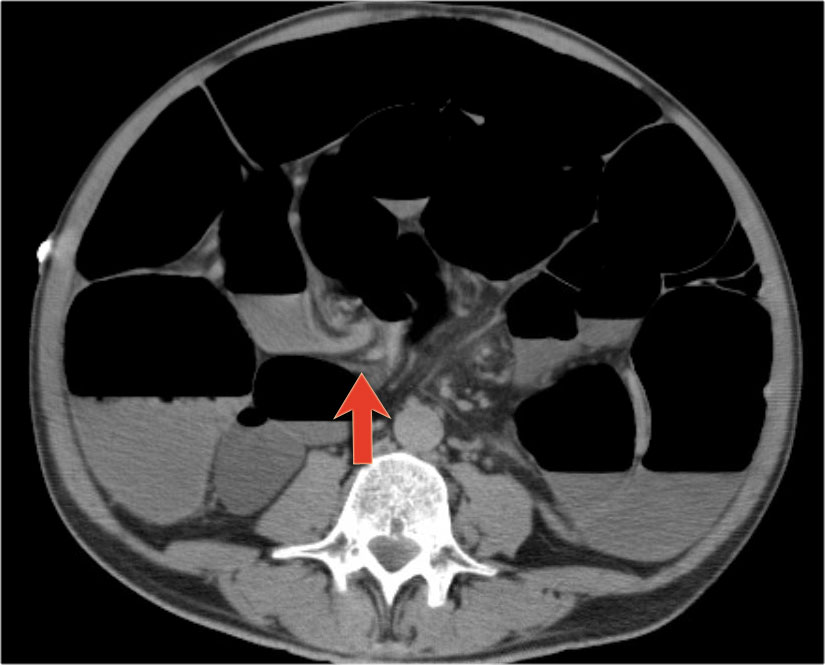
The Radiology Assistant Closed Loop in Small bowel obstruction
A closed loop obstruction is a specific type of bowel obstruction in which two points along the course of a bowel are obstructed, usually but not always with the transition points adjacent to each other at a single location. The closed loop refers to a segment of bowel without proximal or distal outlets for decompression. Clinical presentation
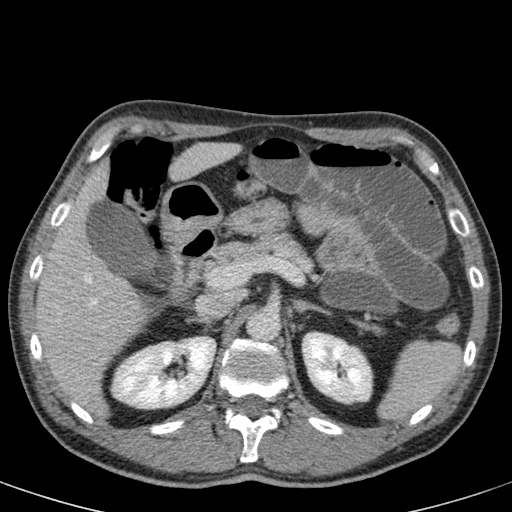
The Radiology Assistant Closed Loop Obstruction in Small bowel obstruction
- CT small bowel obstruction - Closed loop obstruction with necrosis of the ileum - Plain radiograph abdomen small bowel obstruction. Mechanical small bowel obstruction is caused by intraluminal or extraluminal mechanical compression. In developed countries, adhesion is the most common cause, followed by hernias, malignancies, and various.
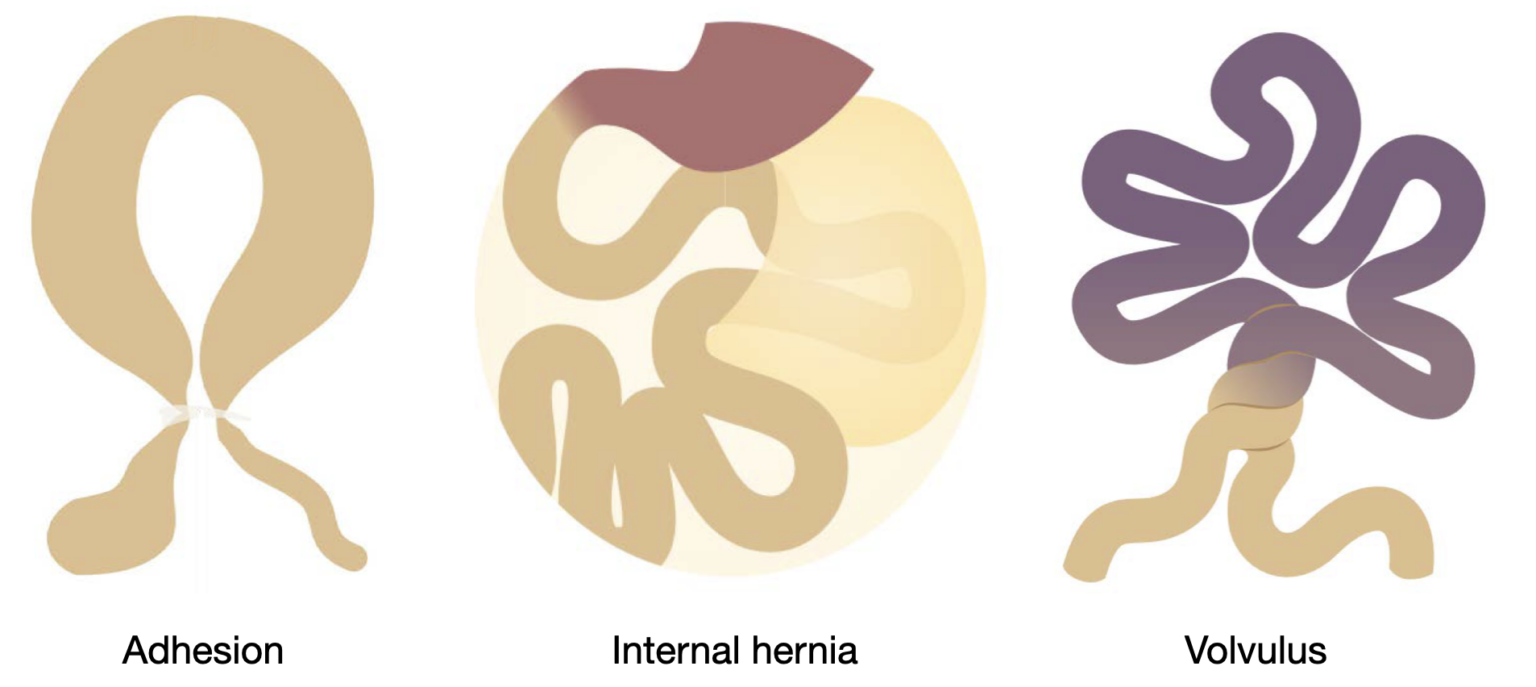
Abdominal CT closed loop • LITFL • Radiology Library
In patients with adhesive small bowel obstruction (SBO), careful analysis of the number and location of the transition zone (s) on CT images is crucial to differentiate open-loop adhesive SBO from closed-loop adhesive SBO because the closed-loop mechanism is associated with a higher risk of ischemia and independently helps predict failure of n.

Closed Loop Small Bowel Obstruction (Post Laparoscopic Rectopexy) Titanium Surgical Tacks
Approximately 65-75% of SBOs are due to peritoneal adhesions, aberrant fibrous bands within the abdominal cavity that constrict the intestine and disrupt its luminal flow. 1 - 2 Peritoneal adhesions represent a considerable burden to patients and healthcare systems, annually causing more than 350,000 hospital admissions leading to over 960,000 d.

Closed loop small bowel obstruction due to transomental herniation Radiology Case
HHS Vulnerability Disclosure Acute small bowel obstruction (SBO) is an ever increasing clinical problem. Successful management depends on comprehensive knowledge of the etiology and pathophysiology of SBO, familiarity with imaging methods, good clinical judgment, and sound technical skills.

Closedloop small bowel obstruction Image
In closed loop obstruction, the small bowel is obstructed at two points along its course, thus forming a closed loop. These patients have a high risk of bowel ischemia due to venous infarction, which will result in perforation, septic shock and other complications with a high mortality rate. Closed loop intro 2 0
.jpg)
FileClosed loop small bowel obstruction due to adhesive band, with intramural hemorrhage and
Closed Loop Small Bowel Obstruction Dilated, C-shaped loop of small bowel Dilated, congested mesenteric veins. Inter-loop edema Apparent tethering of the mesentery to a common geographic location. Target or Halo sign suggesting ischemia: Bowel wall thickening with mural edema surrounding mucosal hyperemia.

Closed loop small bowel obstruction internal hernia Image
A closed loop small bowel obstruction is defined by two points of obstruction which effectively isolates a loop (i.e., segment) of small bowel from the rest of the gastrointestinal tract. Closed loop small bowel obstructions often require urgent surgery, but they can be difficult to confidently diagnose. It is essential to catch this diagnosis.
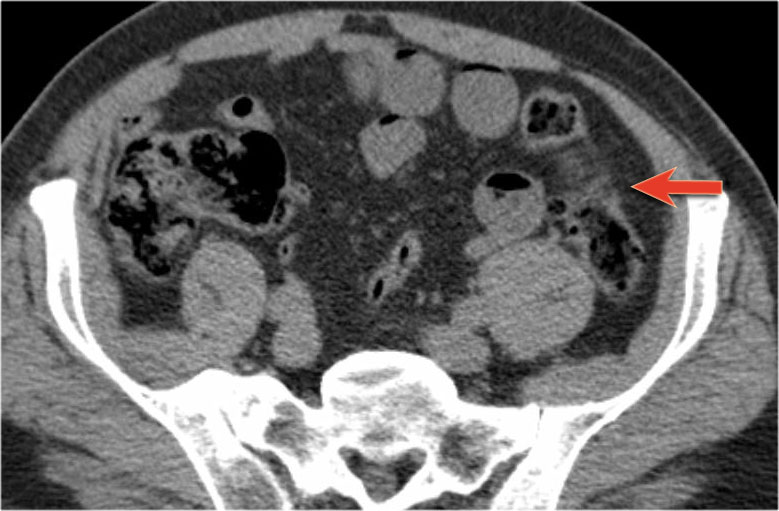
The Radiology Assistant Closed Loop Obstruction in Small bowel obstruction
A closed-loop obstruction refers to a type of obstruction in the small or large bowel in which there is complete obstruction distally and proximally in the given segment of the intestine. [1] [2] [3] Go to: Etiology

Closed loop small bowel obstruction due to transomental herniation Radiology Case
Clinical Issues. Clinical findings of SBO include crampy abdominal pain, distention, vomiting, and high-pitched or absent bowel sounds. In patients with SBO, leukocytosis or an elevated serum amylase and lactic acid levels suggest a complication and should prompt a contrast material-enhanced abdominal and pelvic CT to determine the presence and cause of the suspected complication (5-55).

CT abdomen showing closedloop small bowel obstruction, with multiple... Download Scientific
A closed-loop obstruction, in which a section of bowel is obstructed proximally and distally, may undergo this process rapidly, with few presenting symptoms. Intestinal volvulus, the.

Closed loop small bowel obstruction due to transomental herniation Radiology Case
Closed loop SBO often results from a single constricting lesion such as an adhesive band that occludes both proximally and distally and can be associated with volvulus. 11 Another common etiology of closed loop SBO is an internal hernia caused by congenital or iatrogenic mesenteric defects. Knowledge of the patient's surgical history is.

Closedloop obstruction of the distal small bowel due to adhesions.... Download Scientific Diagram
1 Background Background Small bowel anatomy with surrounding structures. Small bowel obstruction without history of surgery or hernia is malignancy until proven otherwise "Never let the sun rise or set on a small bowel obstruction" Causes Adhesions (history of previous abdominal surgeries +LR 3.86 and -LR 0.19)

Abdominal CT closed loop • LITFL • Radiology Library
Bowel compromise (ischemia, necrosis, or perforation) and a surgically correctable cause of SBO (eg, incarcerated hernia) require immediate surgical exploration; other patients may be candidates for a trial of nonoperative management.